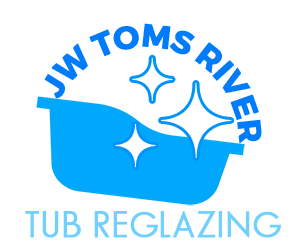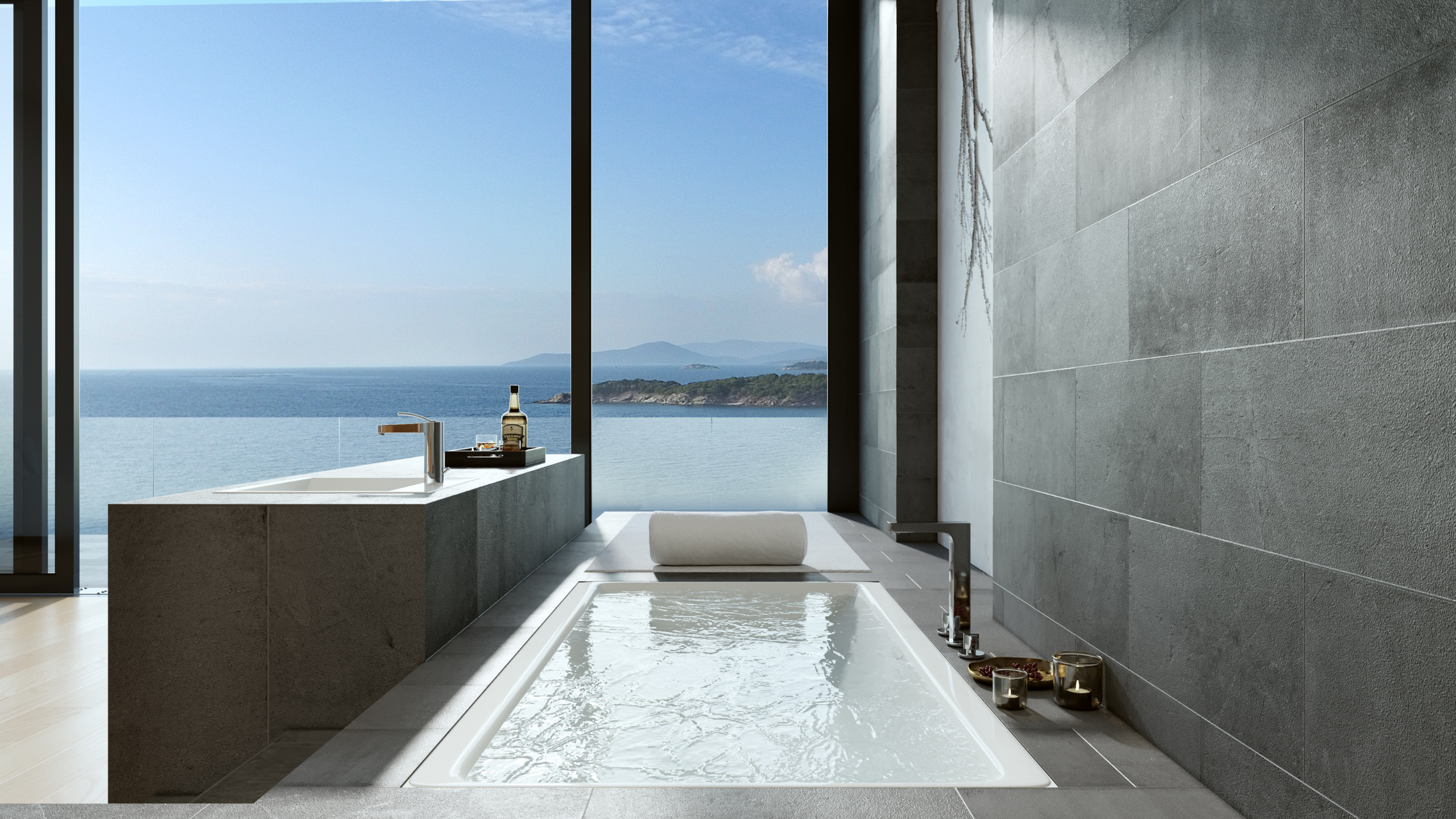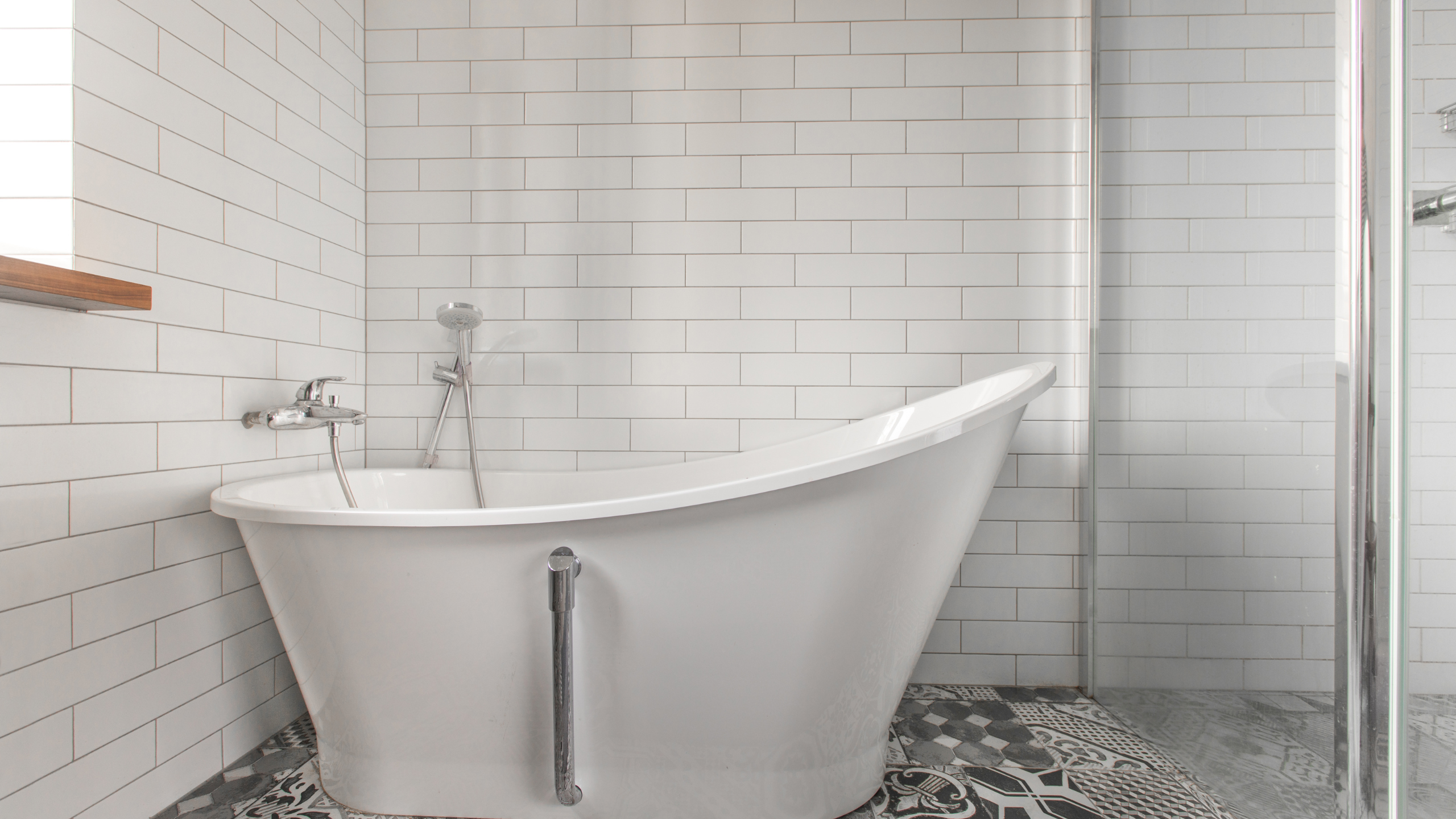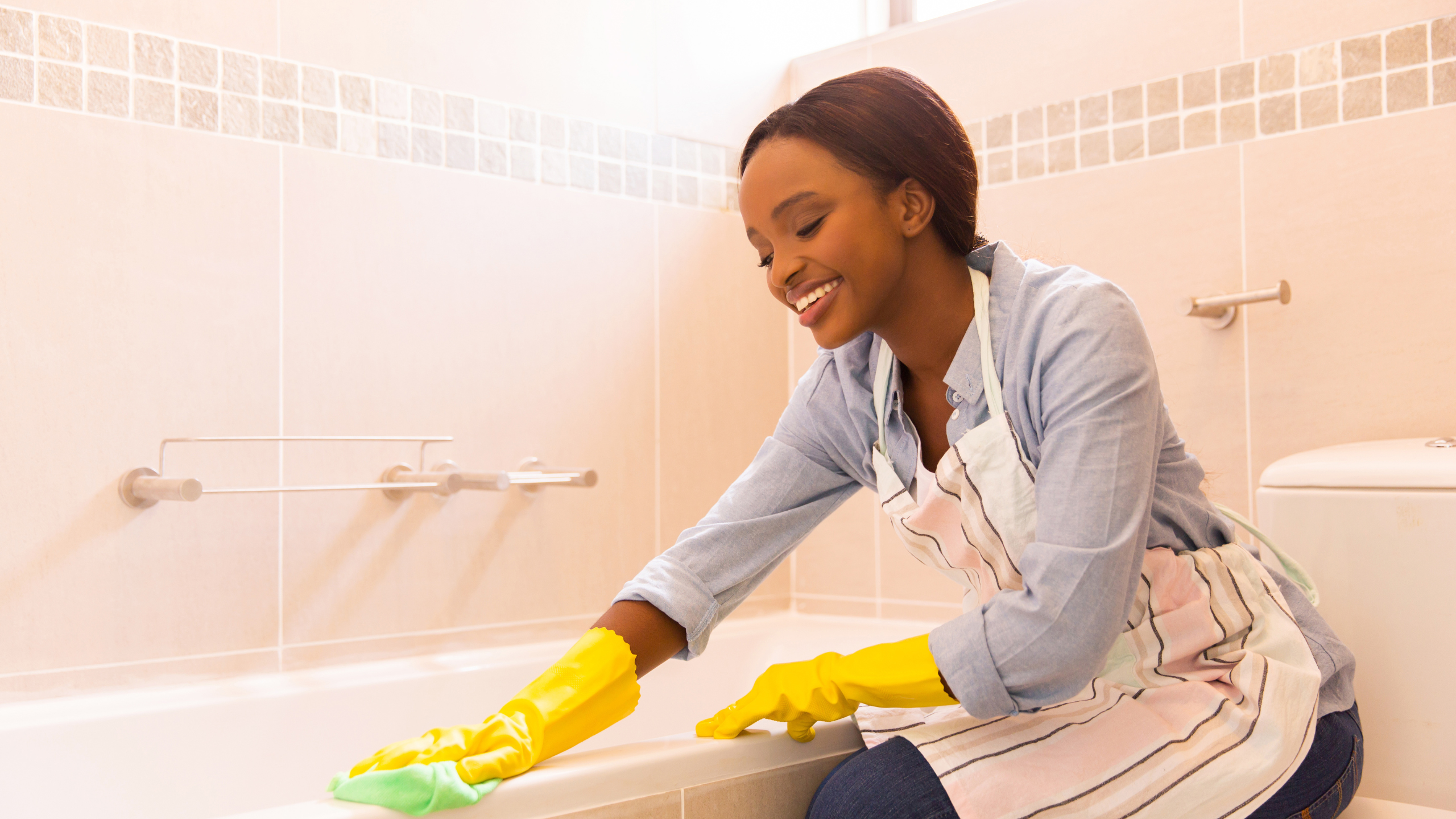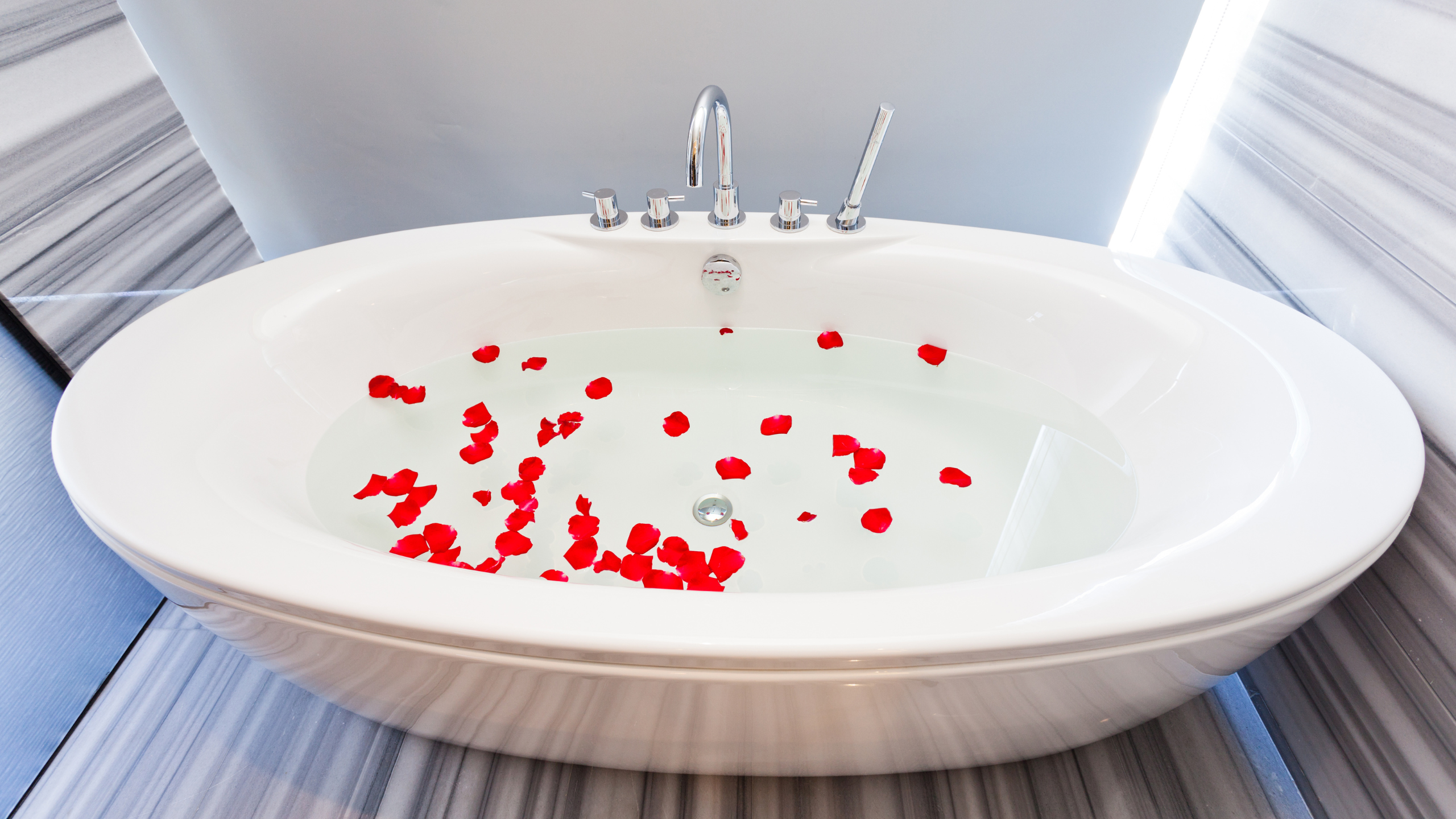Are you tired of staring at your tired old bathtub, wishing for a fresh, revitalized appearance? You’re not alone in feeling this way. Many people are turning to bathtub refinishing as a cost-effective alternative to complete bathroom renovations. But before you jump into refinishing, it’s essential to understand the costs involved. This extensive manual will examine the specifics and nuances of bathtub refinishing expenses in 2024, shedding light on the various pricing factors. Whether you’re looking to restore a vintage porcelain tub or give a modern acrylic fixture a makeover, having a grasp of the financial aspects of bathtub refinishing is crucial for making informed decisions.
Want to give your bathtub a makeover? Our specialty is tile regrouting and bath reglazing, turning rusty or discolored tiles into gleaming, like-new surfaces. Reach out to JW Toms River Tub Reglazing at (848) 227-9003 for all the details.
Bathtub Refinishing Cost Breakdown for 2024
Refurbishing your bathtub in 2024 typically falls within the range of $300 to $600. But this estimate might change depending on a number of key factors:
1. Bathtub Material: Whether your bathtub is made of porcelain, fiberglass, acrylic, or cast iron significantly impacts the overall cost. Each material requires specific treatment methods, affecting labor and material expenses.
2. Size of the Bathtub: The size of your tub is crucial; more giant tubs generally incur more expenses as a result of using more materials and labor intensity.
3. Condition of the Tub: The current condition of your bathtub is a vital consideration. Extensive damage or deep-seated stains may require additional repairs, thus raising the overall cost.
4. Refinishing Method: The chosen refinishing method, whether traditional techniques or innovative solutions like bathtub inlays, can significantly impact the final price.
Considering these variables carefully is essential when planning your bathtub refinishing project in 2024.
Factors Affecting Bathtub Refinishing Costs
1. Material: The composition of your bathtub is a primary factor in determining the cost of refinishing. Whether it’s porcelain, fiberglass, acrylic, or cast iron, Every material has distinct qualities and needs particular refinishing techniques. For example, porcelain tubs, known for durability and a glossy finish, may need different preparation and coating processes compared to fiberglass tubs. Therefore, the material significantly influences the refinishing cost, as other materials demand varying expertise and resources.
2. Size: The size of your bathtub directly impacts the refinishing cost. More giant tubs inherently require more materials and labor. Whether it’s a compact alcove tub or a luxurious freestanding soaking tub, dimensions determine the amount of refinishing materials needed and the labor involved. Consequently, more giant tubs typically cost more due to increased material consumption and labor intensity.
3. Condition: The current state of your bathtub is crucial in determining the refinishing cost. Minor imperfections like surface scratches or small stains may require minimal preparation, such as cleaning and sanding. However, tubs with extensive damage or deep stains may need additional repairs like filling in chips, fixing cracks, or addressing structural issues. The severity of damage directly impacts the overall expense, with more significant repairs translating to higher costs.
4. Refinishing Method: The chosen refinishing method, whether traditional resurfacing or modern solutions like bathtub inlays, can affect the cost. Each technique involves different levels of labor and materials, influencing the final price point.
Refinishing Methods and Their Impact on Cost
Refinishing Methods and Their Cost Implications
1. Traditional Resurfacing: This method involves sanding down the bathtub’s existing surface, addressing any damage, and applying new coatings to restore its appearance. Typically, traditional resurfacing costs between $300 to $600, influenced by tub size, material, and condition.
2. Bathtub Inlays: Offering a budget-friendly alternative, bathtub inlays involve installing a durable laminate or acrylic panel over the existing bathtub surface to conceal imperfections. Generally ranging from $200 to $400, bathtub inlays appeal to those seeking cost-effective rejuvenation.
Conclusion:
Understanding the nuances of bathtub refinishing costs is essential for effective budget planning. By carefully considering factors like material, size, condition, and chosen refinishing method, you can accurately estimate the expenses of your renovation project. Whether you prefer traditional resurfacing or explore innovative solutions like bathtub inlays, there are options to fit every budget. With informed decision-making, you can rejuvenate your bathtub without overspending.
